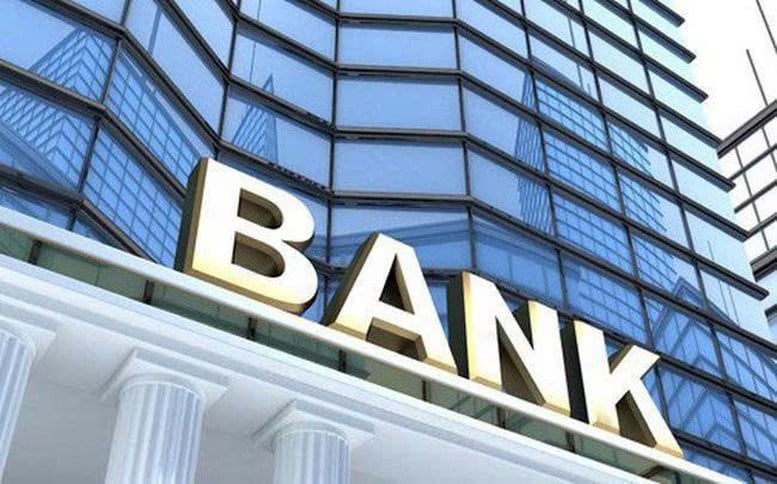
Credit, public investment, legal: The pillars for banks to expect a breakthrough
Credit recovers partly thanks to real estate and public investment
According to the Banking industry update report titled "Transformation phase - pressure creates motivation" by SSI Research experts, in the context of the global economy still having many uncertainties due to reciprocal taxes and geopolitical tensions, many organizations assess that Vietnam's economic growth will continue to rely on internal drivers.
Notably, the credit sector is expected to recover strongly in the second half of 2025 and continue to expand in 2026, thanks to two main drivers: real estate and public investment.
The real estate market has shown signs of recovery since the end of 2024. According to a report by CBRE, the supply of new apartments in Hanoi and Ho Chi Minh City is estimated to reach 40,200 units in 2025, up 11% over the same period, and 43,000 units in 2026, up 7%. Ho Chi Minh City alone is expected to have 9,000 new units in 2025, up 74%, showing a clear recovery in the southern market.
The recovery of the real estate market and the relatively low interest rates on home loans (5.5-7% in the first 2-3 years) have helped improve liquidity and buyer sentiment.
Along with real estate, public investment also plays an important role. The Ministry of Finance said that in the first 6 months of 2025, public investment disbursement reached more than 32% of the annual plan, equivalent to 10.1 billion USD. The disbursement level in June accounted for 7.96%, only slightly lower than in May (8.16%). The Government continued to reaffirm the target of disbursing 100% of the public investment plan this year, supporting short- and medium-term credit growth.

Deputy Governor of the State Bank of Vietnam Pham Thanh Ha said that by the end of June 2025, credit in the entire economy reached more than 17.2 million billion VND, an increase of 9.9% compared to the end of 2024, a remarkable increase - Photo: VGP/HT
Removing the credit ceiling: Opportunities and requirements for risk management
A major change may come in the near future, as the Prime Minister has directed the State Bank to develop a plan to eliminate the credit limit mechanism. According to analysts, if this policy is implemented, the banking system will have more room for growth, especially banks with high capital safety ratios and strong capital foundations.
However, the abolition of credit limits also poses an urgent need to tighten risk management, especially compliance with Basel III standards and raising capital adequacy ratios (CAR). The State Bank has issued a draft circular and is seeking comments from credit institutions.
During the period when interest rates remain low, banks still expect to maintain a stable net interest margin (NIM) of around 3.28% thanks to a favorable liquidity environment. However, in the second half of the year, interest rates may fluctuate locally due to three factors: increased credit demand during the peak season at the end of the year; rapid public investment disbursement causing a decrease in State Treasury deposits at banks; and exchange rate pressure in the third and fourth quarters.
Another bright spot comes from the completion of the legal framework. The National Assembly has passed the Law amending the Law on Credit Institutions, effective from October 15, 2025, which codifies the content of Resolution 42 on bad debt settlement. Credit institutions are allowed to seize collateral when customers violate their obligations, and can receive special loans from the State Bank at 0% interest without collateral.
Thanks to the new regulations, it is expected that the time to handle bad debts will be shortened, the cost of handling debts will be reduced, contributing to improving the ability to lend at more competitive interest rates. Banks with a large proportion of retail loans such as TPB, VIB, OCB, MSB are expected to benefit the most.
Meanwhile, many banks are actively expanding their activities beyond traditional credit to compensate for the narrowing net interest margin. Notably, asset management models and digital asset trading trials such as gold and cryptocurrencies are expected at the International Finance Center (IFC) in Ho Chi Minh City and Da Nang. If implemented in a controlled manner, this could become a potential source of revenue in the long term.
However, along with opportunities come risks. Entering the digital asset market requires the banking system to comprehensively upgrade risk management, legal compliance and information security.
According to the latest valuation analysis of VNDIRECT Securities Company, VCB continues to be highly appreciated by the market thanks to its asset quality and low bad debt ratio.
In the past 5 years, VCB's price-to-book ratio (P/B) has always exceeded the industry average by about 160%, reflecting a solid financial foundation, good management system and stable profits. However, the analysis team also noted some risks including: increasing bad debt ratio, slowing growth of non-interest income and uncertain macroeconomic factors.
Along with VCB, many large bank stocks such as BID, ACB, VPB are at lower valuations than historical levels. Banks with low capital costs and good debt recovery potential are considered to have a chance to break out.
Thus, in the next 2 years, factors supporting the growth of banking industry profits include: Credit is forecast to grow 17% per year; NIM is stable at 3.28%; Credit costs gradually decrease to 0.95% by 2026.
However, there are still potential risks such as: the impact of the reciprocal tax policy from the US, reduced credit demand among export enterprises and the possibility of reduced income from service fees.
However, hopefully the market will have the opportunity to adjust and adapt, from which banks with solid capital foundations, good governance and clear strategies will stand out.
At the press conference on the results of banking activities in the first 6 months of 2025, Deputy Governor of the State Bank of Vietnam Pham Thanh Ha said that by the end of June 2025, credit in the whole economy reached more than 17.2 million trillion VND, an increase of 9.9% compared to the end of 2024 - a remarkable increase.
Special credit programs continue to be effectively implemented, including: VND 145,000 billion for loans for social housing, workers, and renovation of old apartments; VND 500,000 billion for credit investment in infrastructure and digital technology; VND 100,000 billion for agriculture, forestry, and fisheries.
Credit structure shifted in a positive direction. Agricultural and rural credit increased by 5.31%, accounting for 23.16% of total outstanding loans. Credit for small and medium enterprises increased by 5.71%, accounting for 17.51% of total outstanding loans. Export credit increased by 2.91%; supporting industry increased by 15.69%.
Mr. Minh
Source: https://baochinhphu.vn/tin-dung-dau-tu-cong-phap-ly-cac-dong-luc-de-ngan-hang-ky-vong-but-toc-102250714192133804.htm


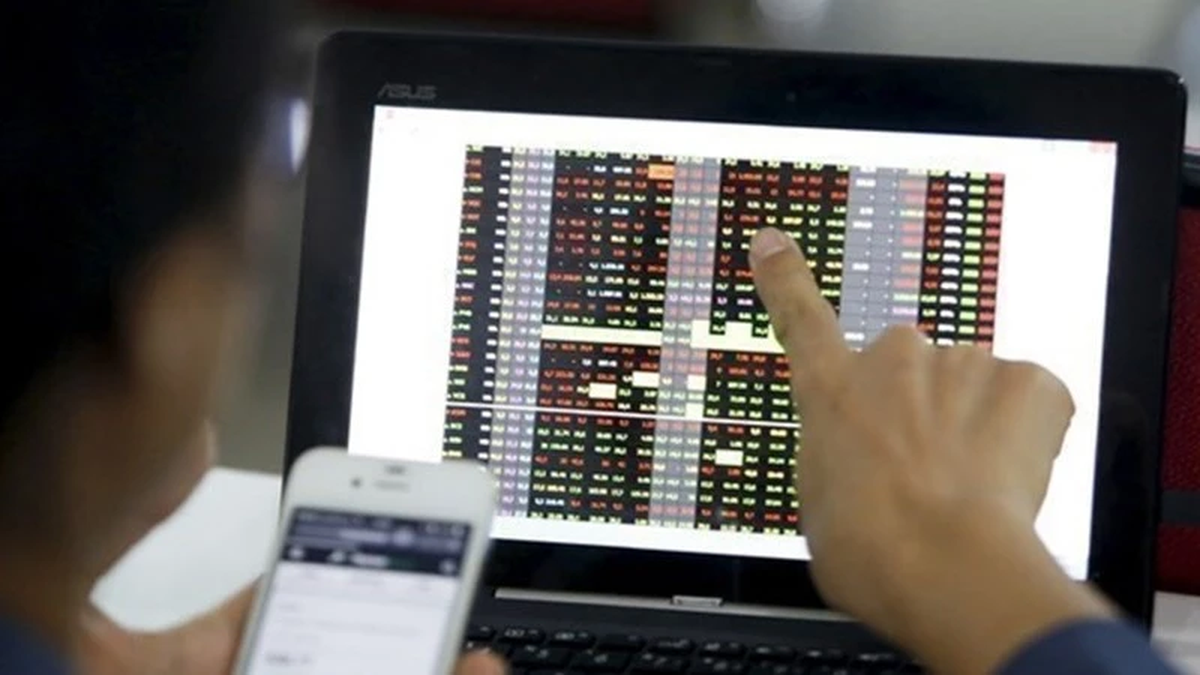






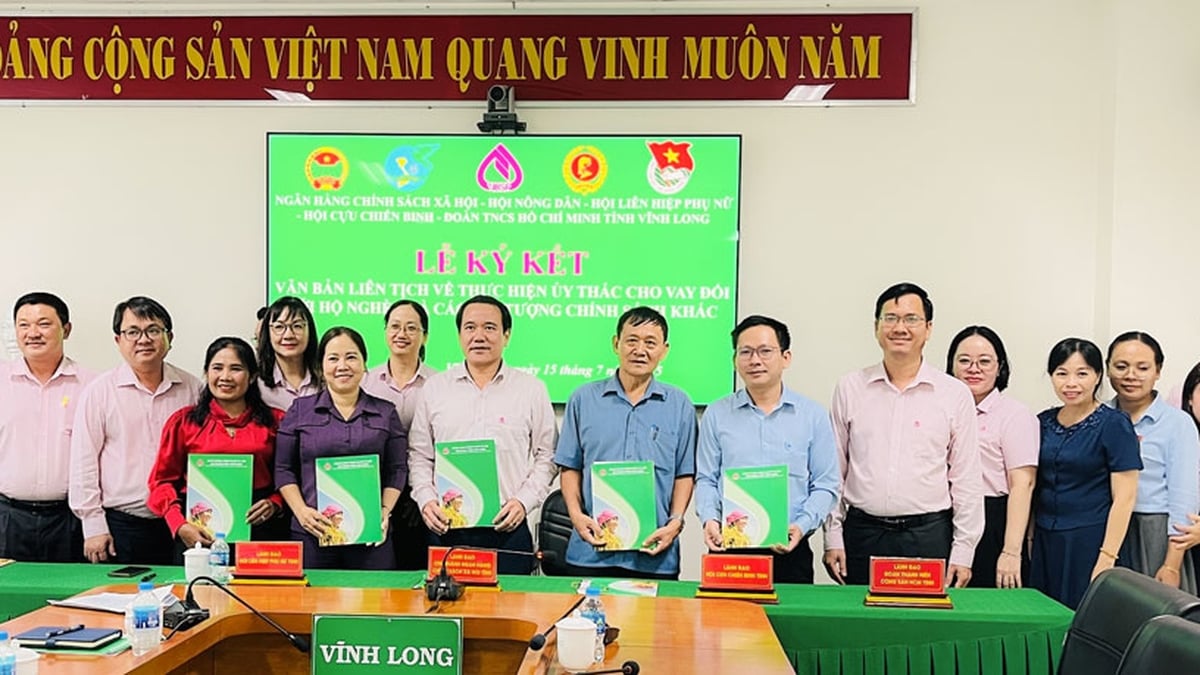
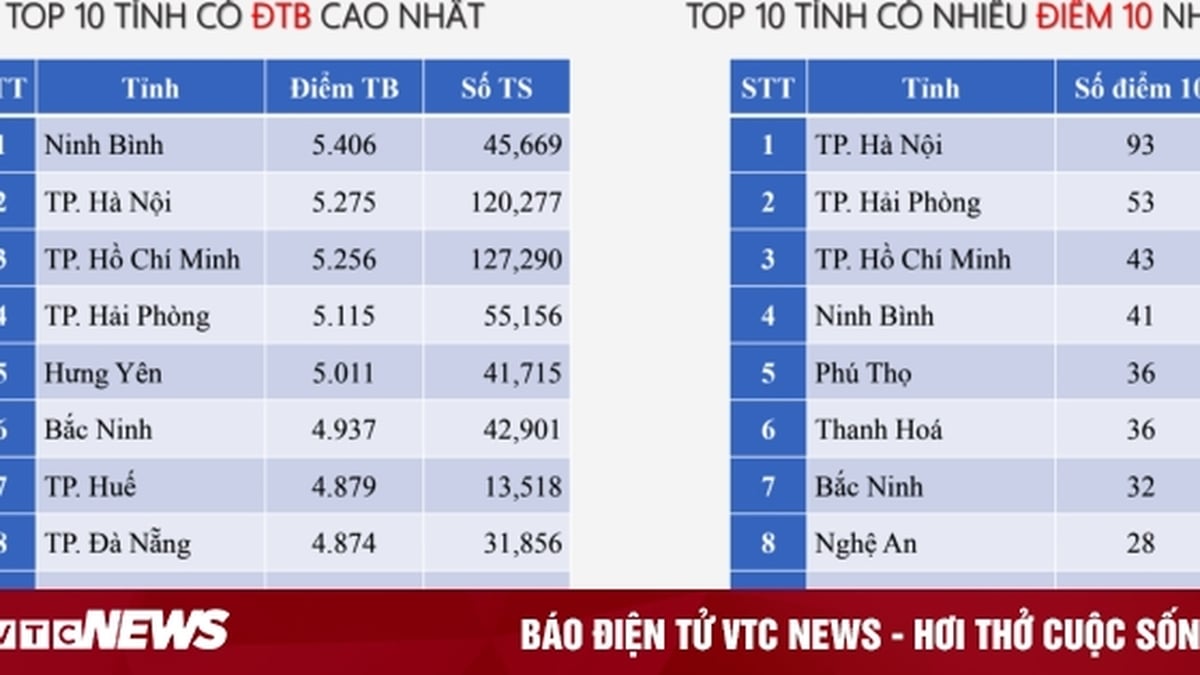




















































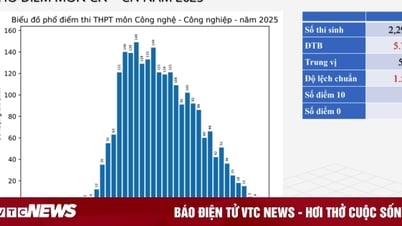





































Comment (0)